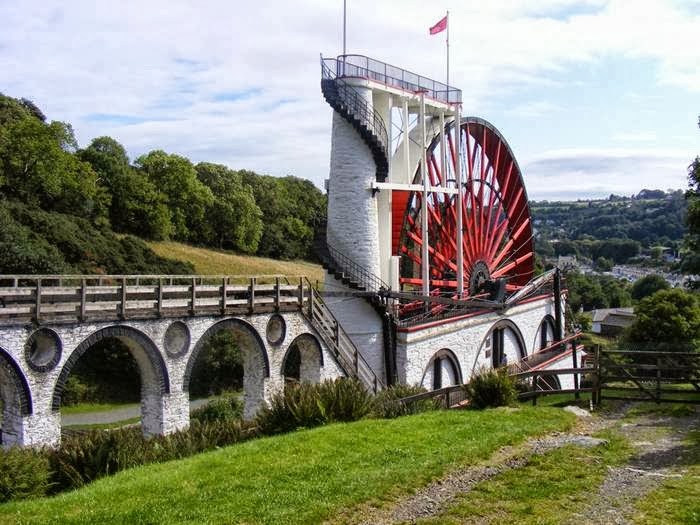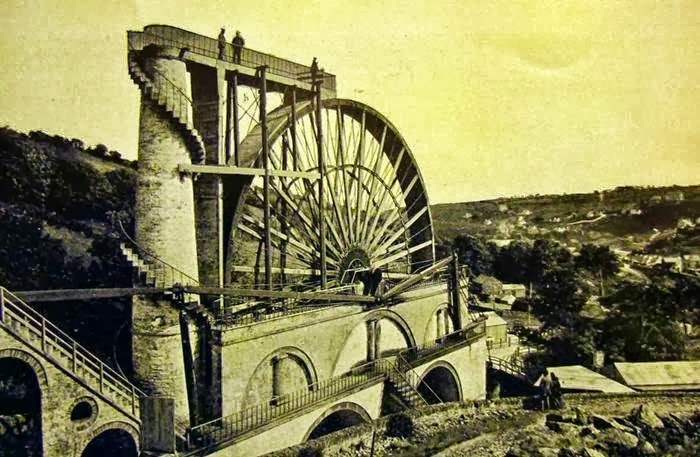Day of Peace - one of the major international festivals, which is held under the auspices of the UN and calls upon all States to give up weapons of warfare. Every year on September 21 held a variety of peacekeeping activities, creative people, of course, do not stay away from them. This year, one of the large-scale project was «The Fallen» by British artists Andy Moss and Jamie Wardley. Nine thousand silhouettes on the beach of Arromanches in France - a reminder of the tragic D Day that initiated the D-Day landings in Normandy during World War II.
.
D-Day - American common designation for any military operation, the artists Andy Moss and Jamie Wardley [more commonly known as the art duo Sand In Your Eye] decided to remind people of the terrible events of June 6, 1944. Normandy operation is considered the largest amphibious operation in history, as it was attended by more than 3 million people who have crossed the English Channel from England to Normandy.
The project is a nine thousand silhouettes created in the sand by means of ordinary stencils. The task that faced the artists was so extensive that for the realization of the project to life required the assistance of volunteers. A way to "draw" is simple: just dug silhouette on a prepared form.
The artist said that his project, he is not trying to condemn or to show admiration for the fallen act, rather it is - a reminder of the events of the past years, a statement of fact, a tribute to their lives and regret their premature death.
The Laxey Wheel (also known as Lady Isabella) is a large waterwheel built in the village of Laxey in the Isle of Man. Designed by Robert Casement, it has a 72-foot-6-inch (22.1 m) diameter, is 6 feet (1.83 m) wide and revolves at approximately three revolutions per minute. It was built in 1854 to pump water from the mineshafts and named "Lady Isabella" after the wife of Lieutenant Governor Charles Hope who was the island's governor at that time. The Laxey Wheel is the largest working waterwheel in the world. The wheel was used to pump water from the Glen Mooar part of the ‘Great Laxey Mines’ industrial complex.
The 150th anniversary of the Lady Isabella was celebrated by the people of Laxey with a grand Fayre on Saturday 24 September 2004. It is currently maintained by Manx National Heritage as part of the Great Laxey Wheel & Mines Trail. The Wheel features today on the reverse side of the £20 notes issued by the Isle of Man Government.
The wheel is water-powered since the Isle of Man does not have a supply of coal but does have an abundance of water.
Water from the surrounding area, including the local river, is collected in a cistern which is above the level of the top of the wheel. A closed pipe connects the cistern to the top of the wheel; thus the water flows up the tower without problem. The water falls from the pipe into the buckets (formed from wooden slats on the circumference) and makes the wheel rotate in what is described as the 'reverse' direction. The crank has a throw of 4 feet (1.22 m) and connects to a counterweight and to a very long rod. This rod runs along the rod viaduct to the pumping shaft where the 8 feet (2.44 m) stroke is converted by T-rockers into a pumping action.
Most of the wheel and rod is made of wood; however, key mechanical parts are metal to provide tension and bearing surfaces. The rod has attached wheels at intervals to permit the stroke's motion with minimal friction.
Dimensions
- Diameter, 72 ft 6in.
- Circumference, 210 ft 6in.
- Width, 6 ft.
- Delivery, 250 imperial gallons (1,100 l) of water a minute from the Laxey mines some 200 yards (180 m) away and 1,500 feet (460 m) below ground.
The wheel still operates but does not pump water.
Subscribe to:
Comments (Atom)
































.jpg)
.jpg)
.jpg)
.jpg)
.jpg)
.jpg)
.jpg)




















.jpg)
.jpg)
.jpg)
.jpg)
